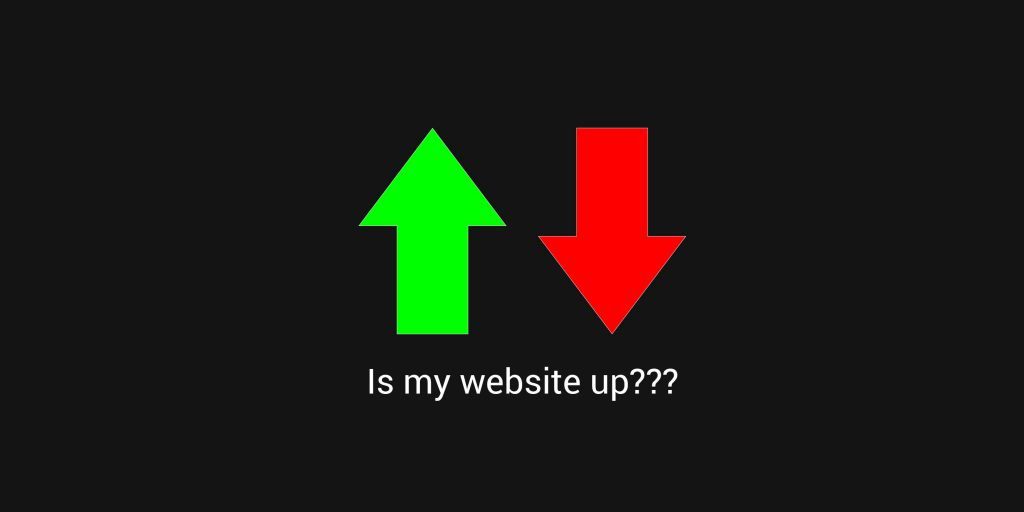
As a business owner you should be able to reasonably rely on your website to be active. In fact, it is essential for your online reputation, and your cashflow, that the website remains active and accessible all the time. That is, sort of, the entire point. That’s why it’s really important to choose one of the top website builders that will help your business run as smoothly as your website.
So when you try to log into the site at any point and are confronted with the Spinning Rainbow Wheel of Death, or the grumpy face telling you your site can’t be found, that is going to cause you some real problems, and it needs to be fixed quickly.
There are a lot of reasons why your website might be experiencing issues, but below we have compiled a list of the 5 most common issues you might experience.
Problems With Your Host
I’ve put this one first for a reason. It’s the most common issue you are going to face. If your website host is having issues with the server (either a breakdown or scheduled maintenance) your site performance is going to suffer, and potentially (depending on the style of hosting package you have signed up for) your site may be completing inaccessible.
One way to determine if this is indeed what is causing your problems is to execute a ‘Trace Route’ test. Users access your website through a variety of different pathways, and the Trace Route will check them all to see where the breakdown is situated.
Whatever the cause of the failing by the Hosting provider, they should be able to explain what they are doing about the issue, and when the problem will be solved. Reduce the risk of this problem by choosing a reputable managed hosting provider like EuroVPS .
A Denial of Service Attack
Also referred to as a DDos (Dedicated Denial of Service), this is a result of a concerted, malicious attempt to overwhelm of website or server with traffic in an attempt to shut it down. A well planned attack is difficult, if not impossible, to combat as the traffic is flooded into the server down multiple pathways.These types of assaults are usually directed against the Host, and need to be dealt with at their level, making you a passive, if frustrated, observer to their response (JAFO anyone?). Ideally, however, your host will be able to explain their plan to defend against the action, and when they expect to have restored the system. If they can’t explain this, or they become obstructive and non-responsive, you will want to consider an alternate service provider for the future.
Error in the Code
These are essentially, self-inflicted wounds. If your website developer has been updating the site recently it’s quote possible they have made an error which has caused the breakdown. Depending on the severity of the error, or the complexity of the coding involved, it’s possible for the mistake to eliminate access to your site completely.
If the hosting provider is certain the error is not at their end of the connection, you will need to make enquiries of anyone who has access to the code of your website and ensure they start debugging immediately.
If you’re using a content management system like WordPress, you may need to reach out to WordPress developers who can quickly diagnose and fix the issue. Ensuring you have a reliable backup system in place can also help you restore functionality without significant downtime.
Changes in the Domain Name System
Domain Name Systems are the internet’s Navman. They provide directions for searches and access requests to your site by maintaining a register of the IP address.
There are many reasons why the DNS related to your website might change. Some of these are perfectly legitimate, and others less so, but ultimately when the Navman shuts down there isn’t a computer terminal anywhere that will be able to locate your website until it is up and running again. It’s not a mortal issue however, as DNS changes tend to wash through the system after a couple of days, after which access will be restored as if nothing ever happened.
Massive Spike in Traffic
Let’s say you have just released a new product, advertising has been structured, focused and effective, and suddenly there is a massive increase in traffic into your website. While this is an awesome result, it’s quite possible the hosting platform that you have adopted, whether that’s shared hosting, virtual private server, or even a single dedicated server, may just not be adequate to deal with the increased demand.
The history of the internet is littered with examples of this type of downtime genesis, and while the cause of the downtime is a double edged sword, the only real response is to increase the capacity of your server. If you are technically minded, you may want to bring the hosting of your website in-house, or otherwise seek a provider that can assist with the increased traffic.
Pre-Diagnosis
Of course the best way to fix downtime on your website is to avoid it ahead of time. By researching hosting providers, their capacities, and their different offerings, you will be able to select an appropriate service to ensure your website is active and accessible as much as is possible.
HedgeThink.com is the fund industry’s leading news, research and analysis source for individual and institutional accredited investors and professionals








